Germanisches Nationalmuseum, Nuremberg, Germany
The museum is one of Germany’s most significant museums dedicated to the art, culture, and history of the German-speaking world. 923
Germanisches Nationalmuseum: Kartäusergasse 1, 90402 Nürnberg, Germany
Date Picture Taken: May, 2024
The museum is in the Old Town Nürnberg.
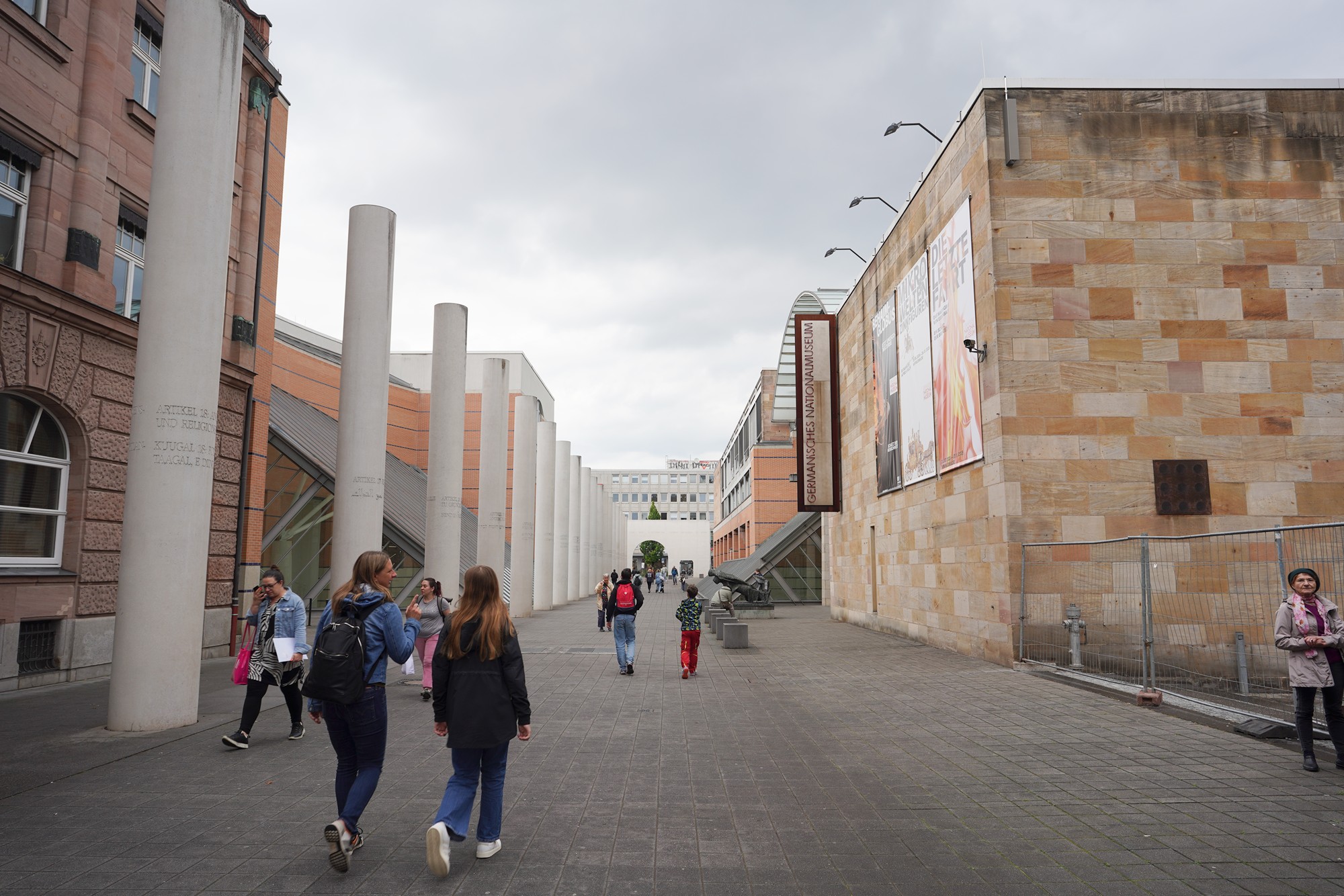

Now known as the Erdapfel (Earth Apple), this globe was created by the German cartographer Martin Behaim between 1492 and 1493. It is considered the oldest surviving terrestrial globe in the world.

The globe was made just before Christopher Columbus’ first voyage, which means it does not show the Americas. Instead, it depicts Europe, Asia, and Africa based on the knowledge available at the time.

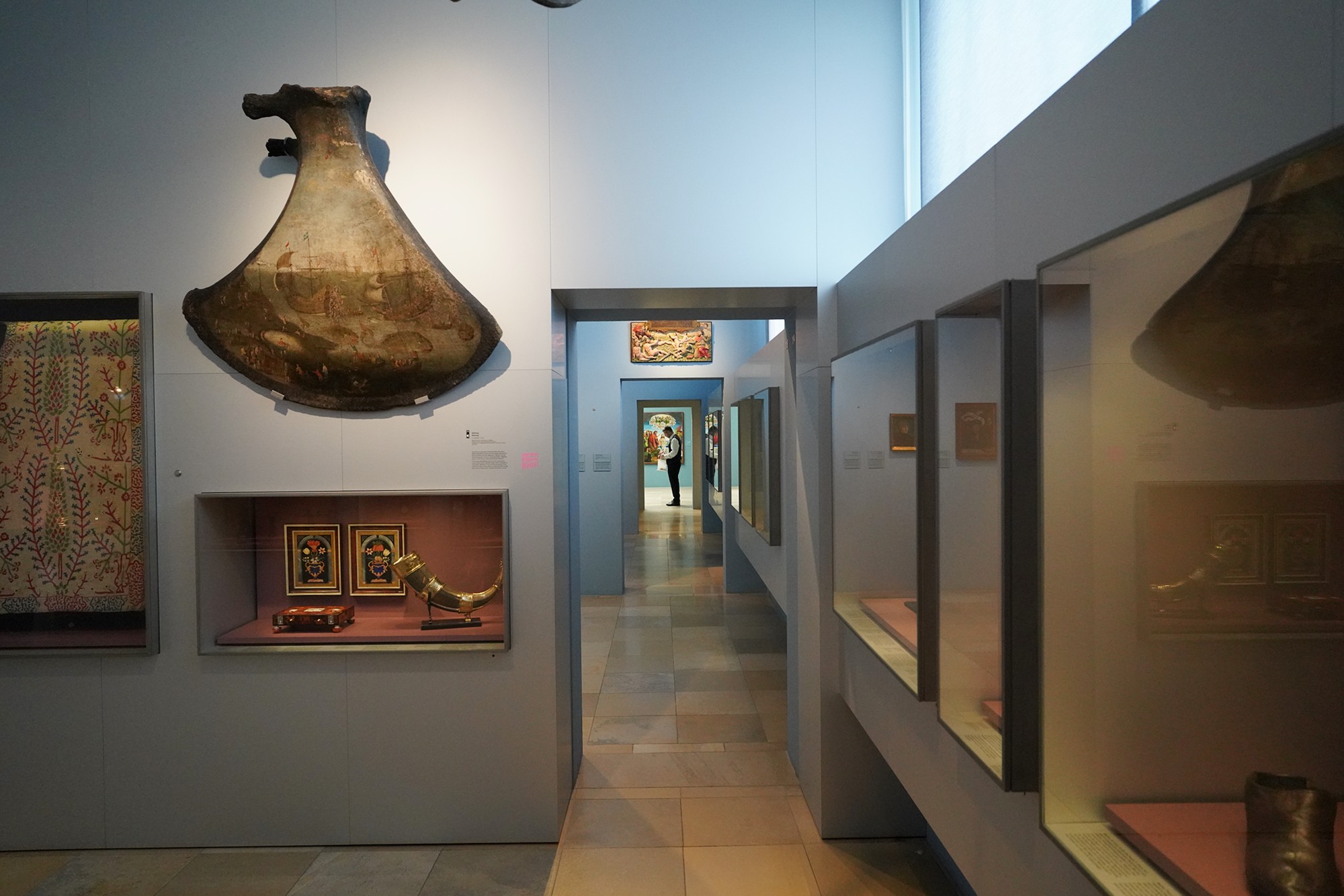
The museum features artifacts and exhibits related to Martin Luther and the Protestant Reformation. This includes items such as early printed editions of Luther’s writings, memorabilia from the Reformation period, and artworks depicting Luther and his influence.
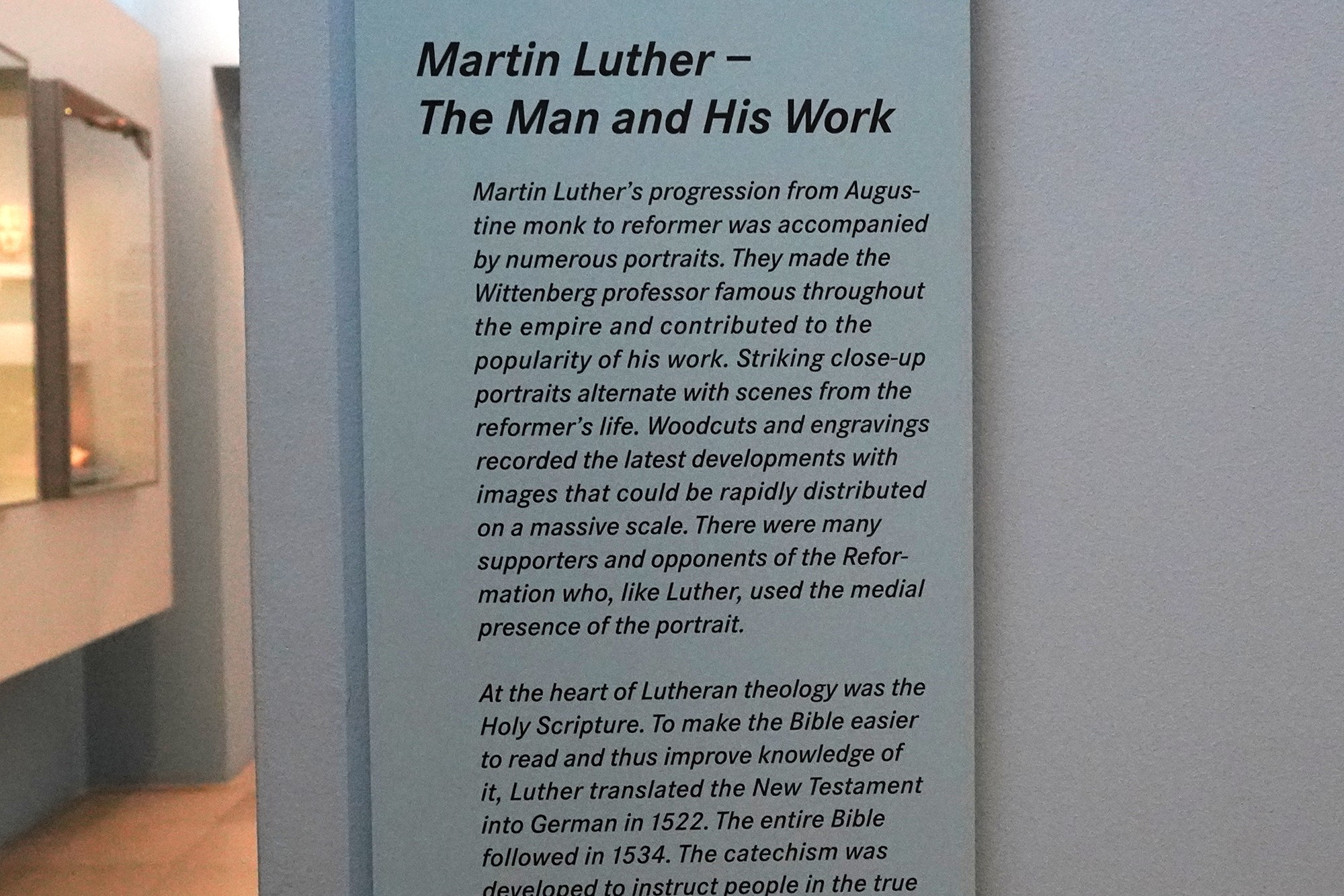
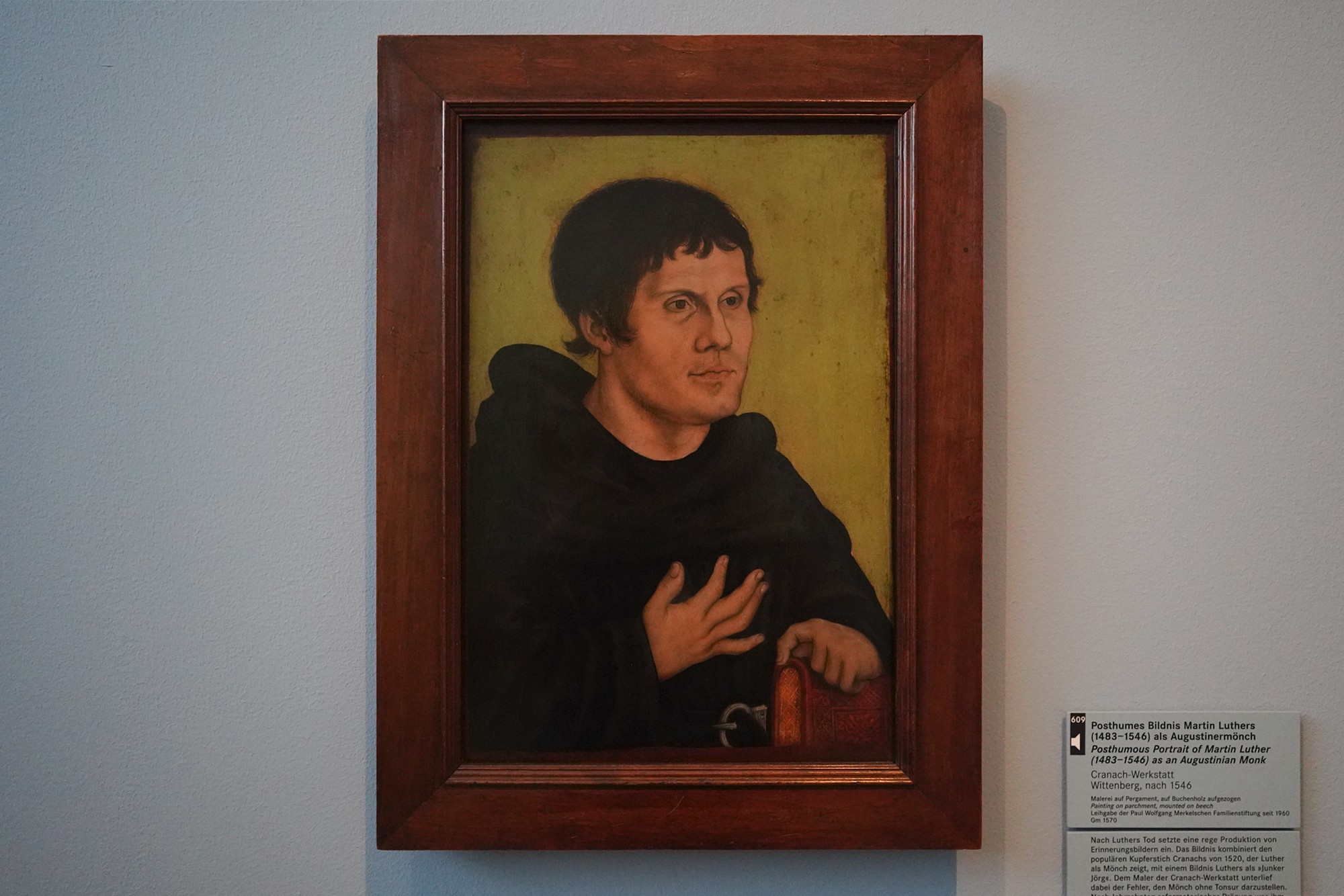












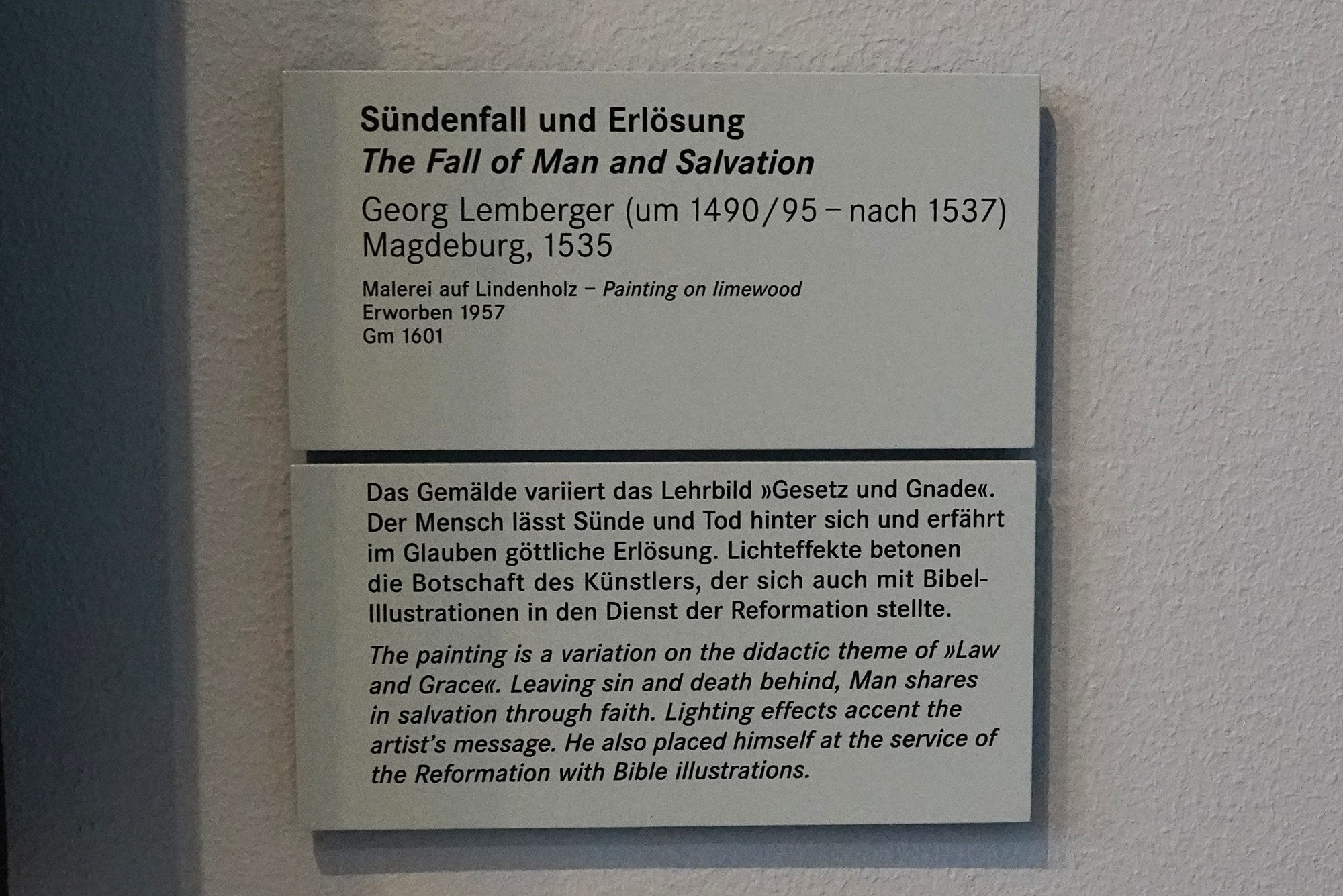





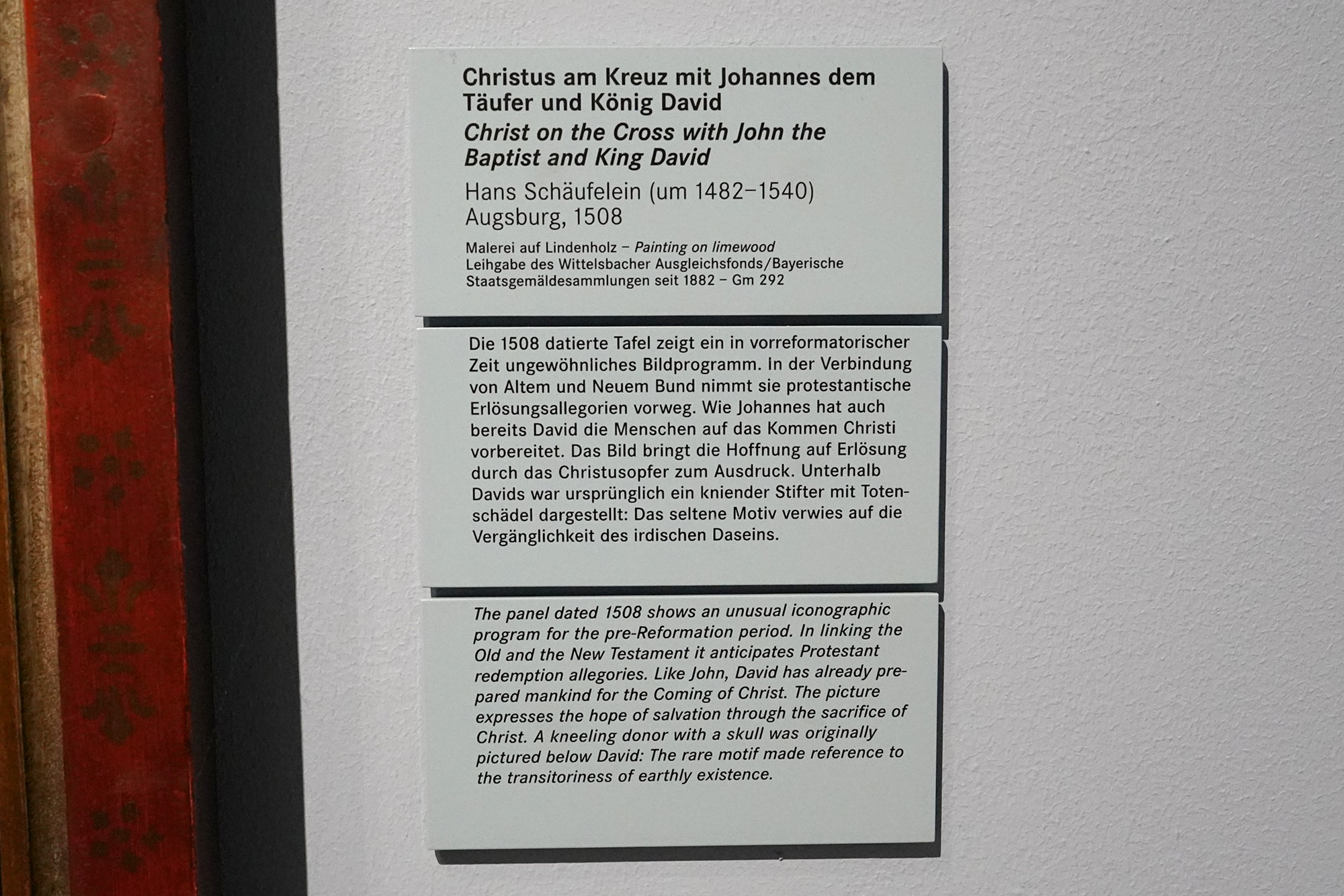


The museum has a significant collection of Dürer’s works.



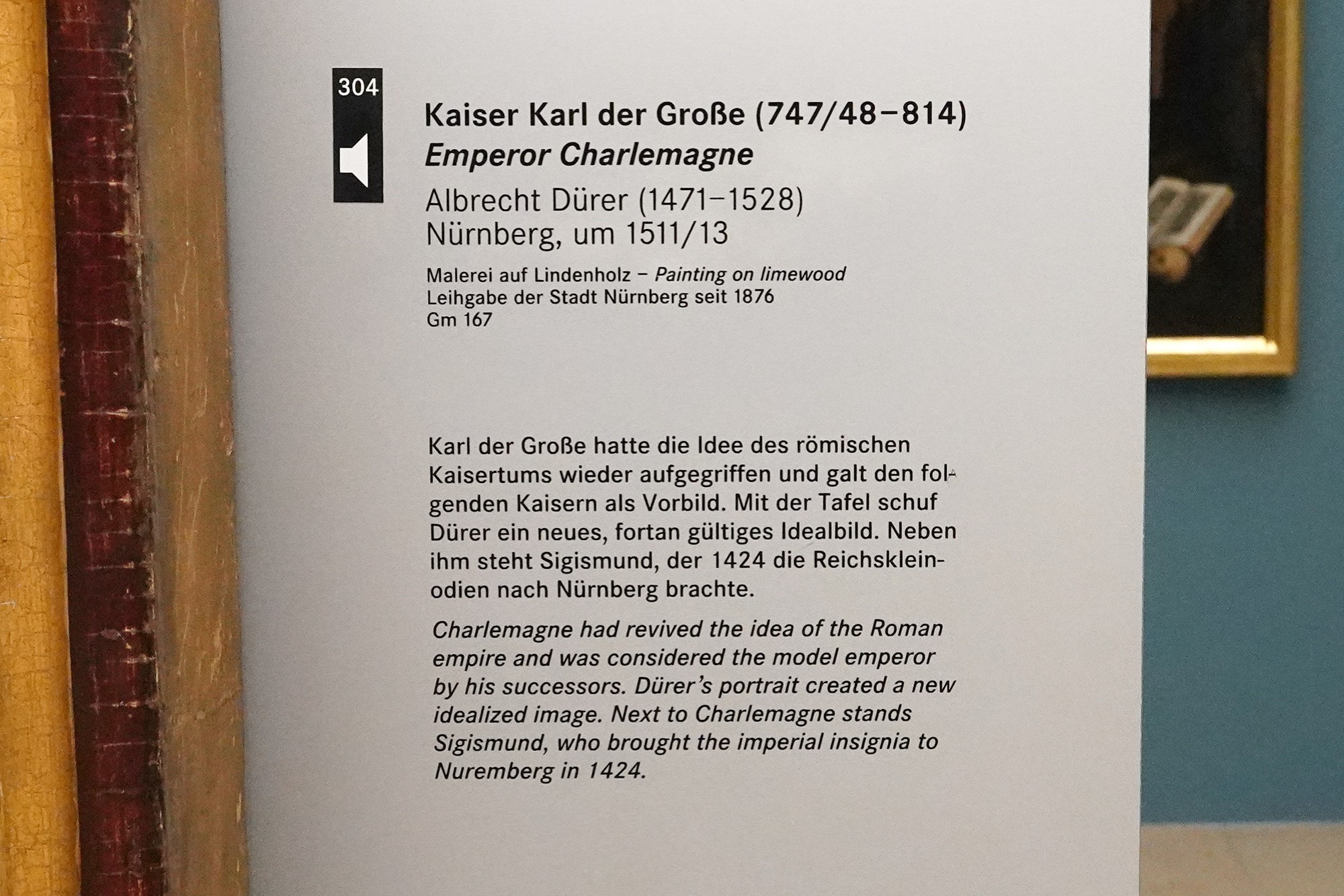



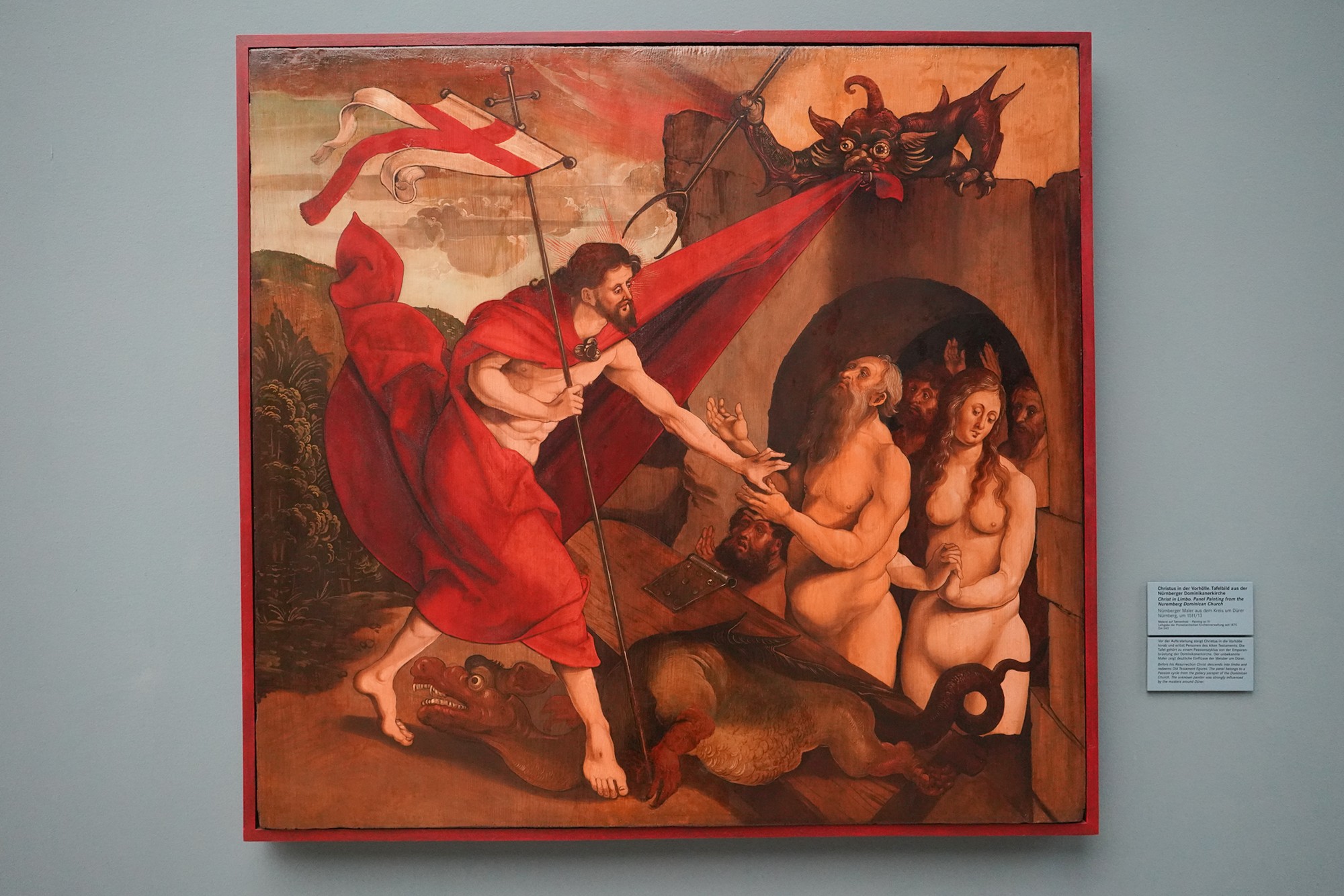




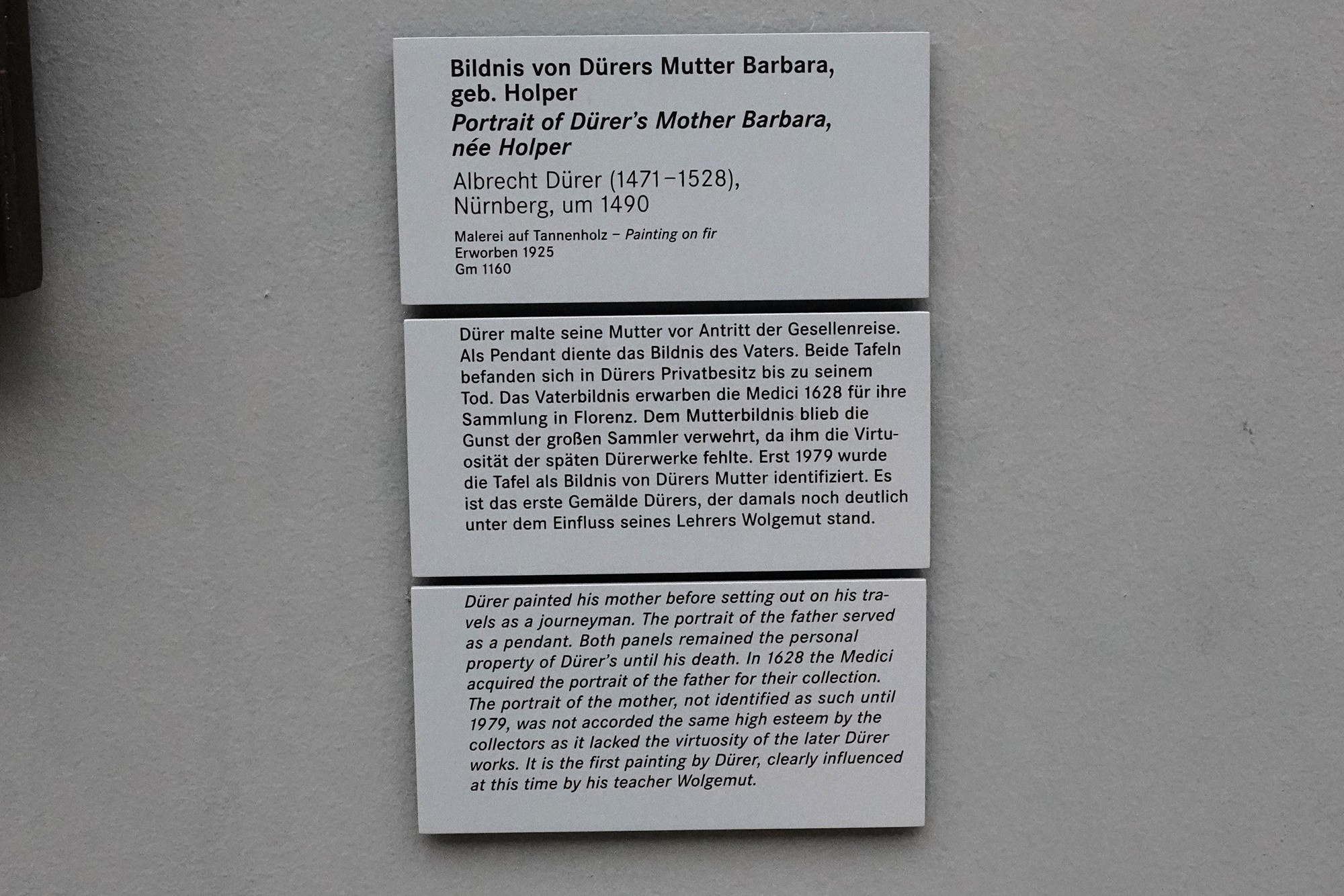
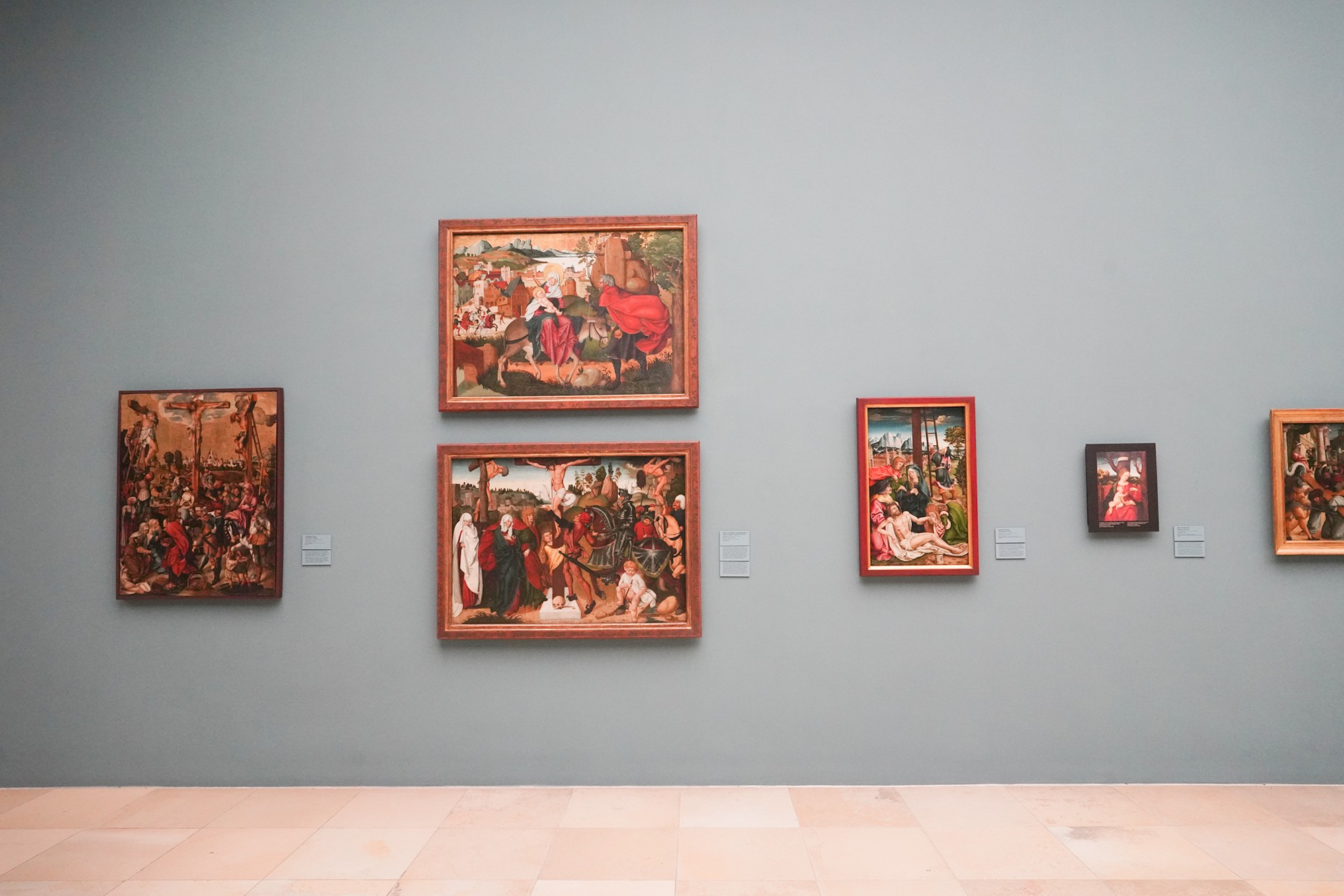
















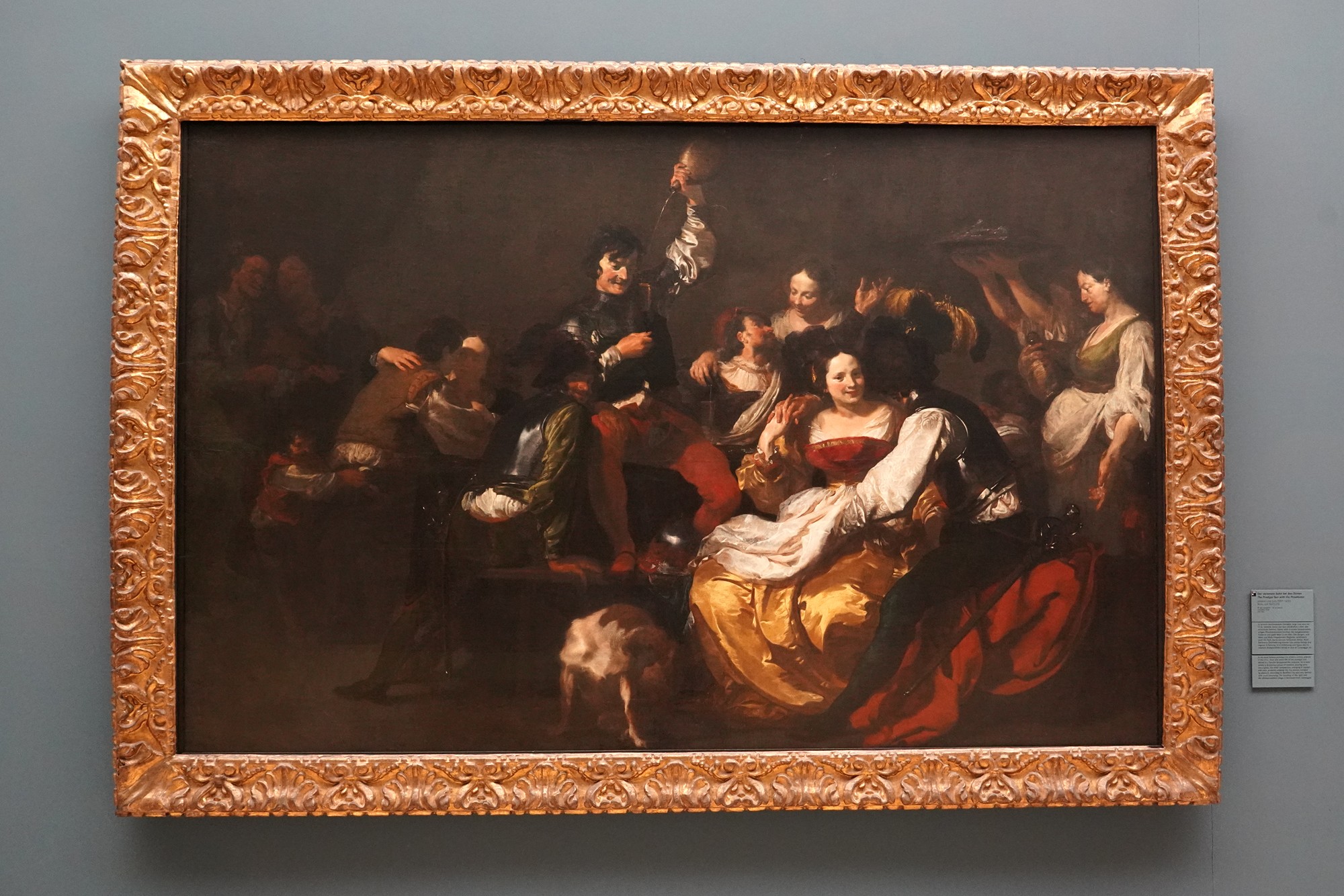

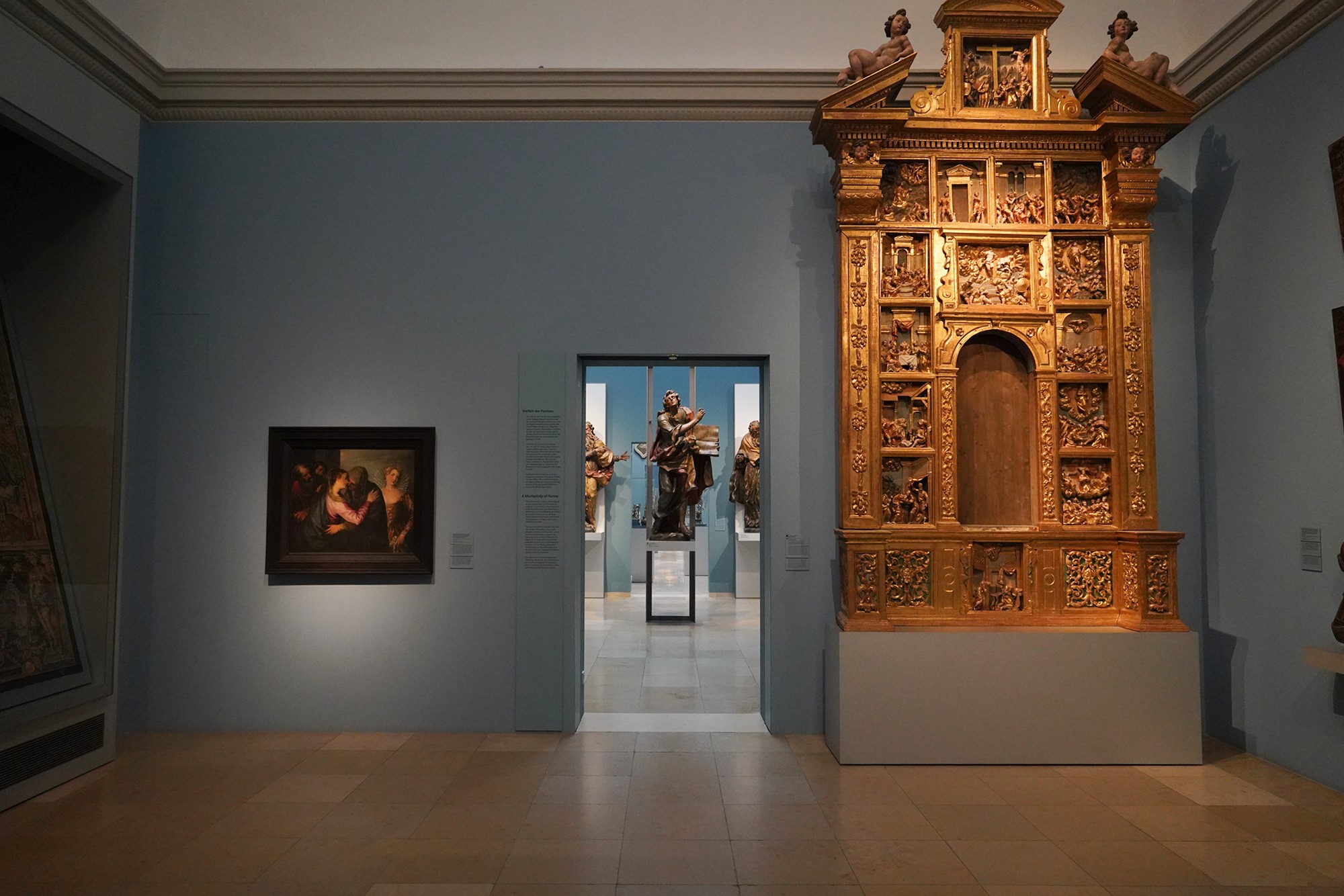









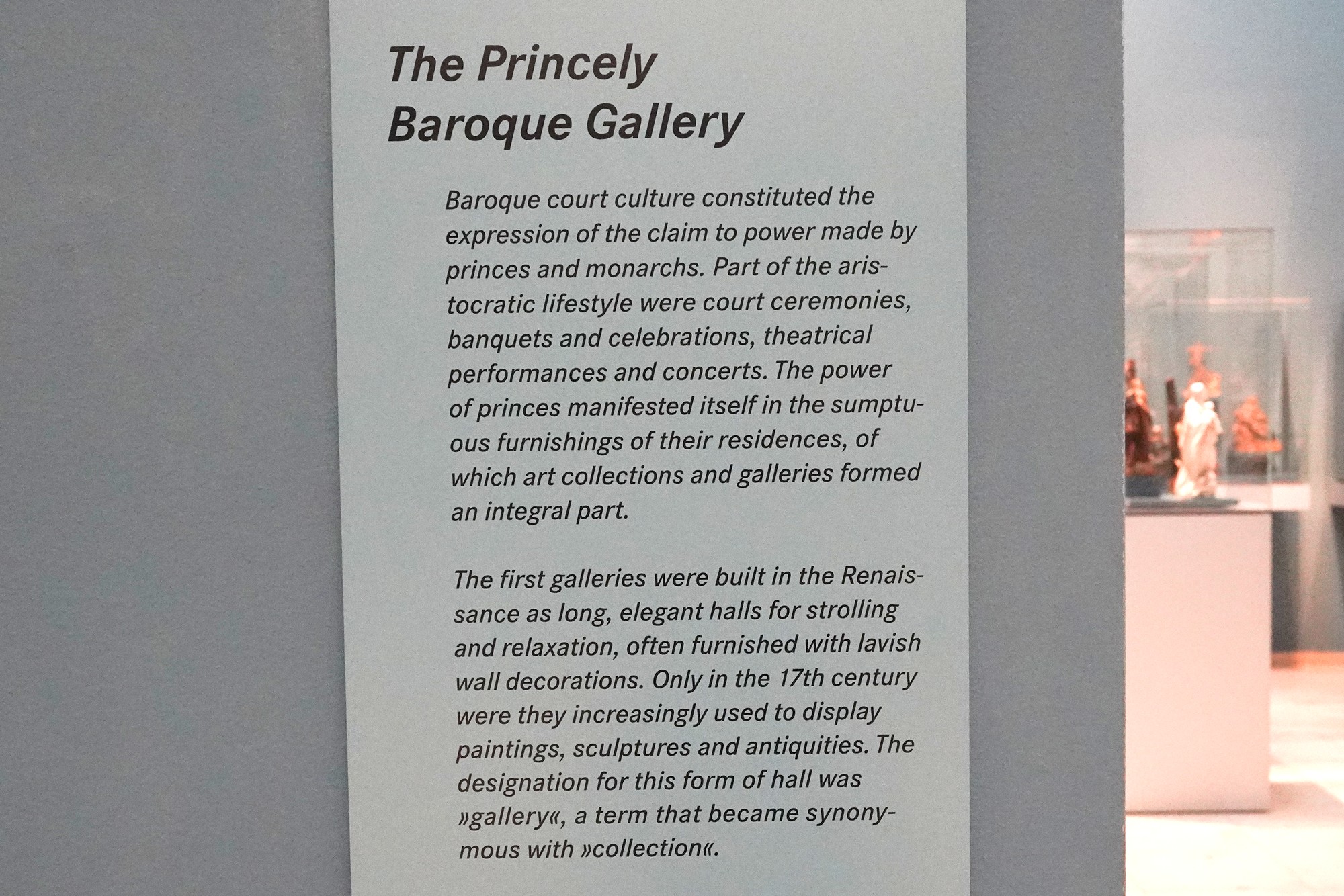






Germanisches Nationalmuseum in Nuremberg houses a vast collection that includes not only art and cultural artifacts but also significant archaeological finds. These artifacts cover various periods of German history, offering insights into ancient civilizations, medieval life, and more.

The Stone Age



The Neolithic Age




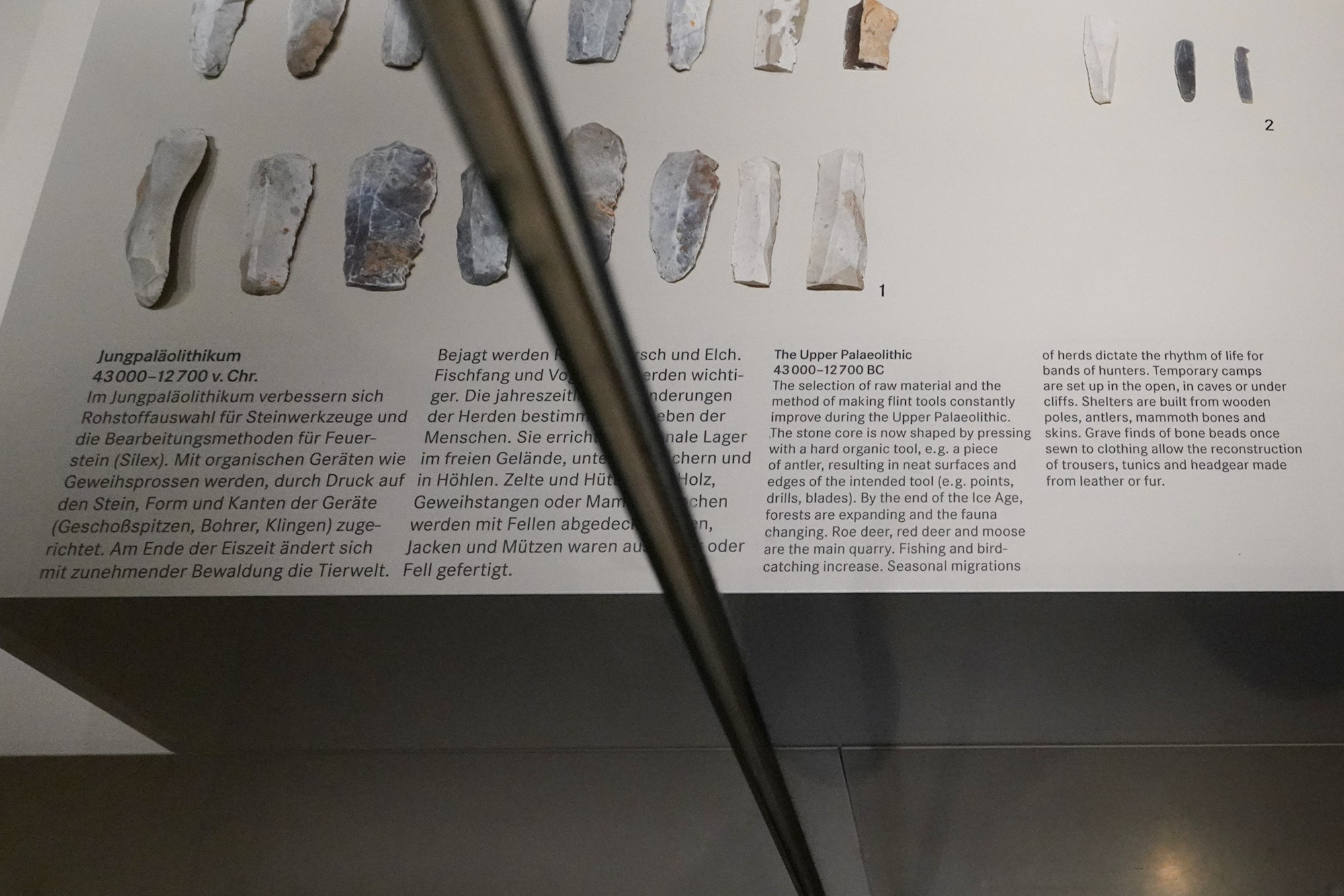
The model house




Bronze Age












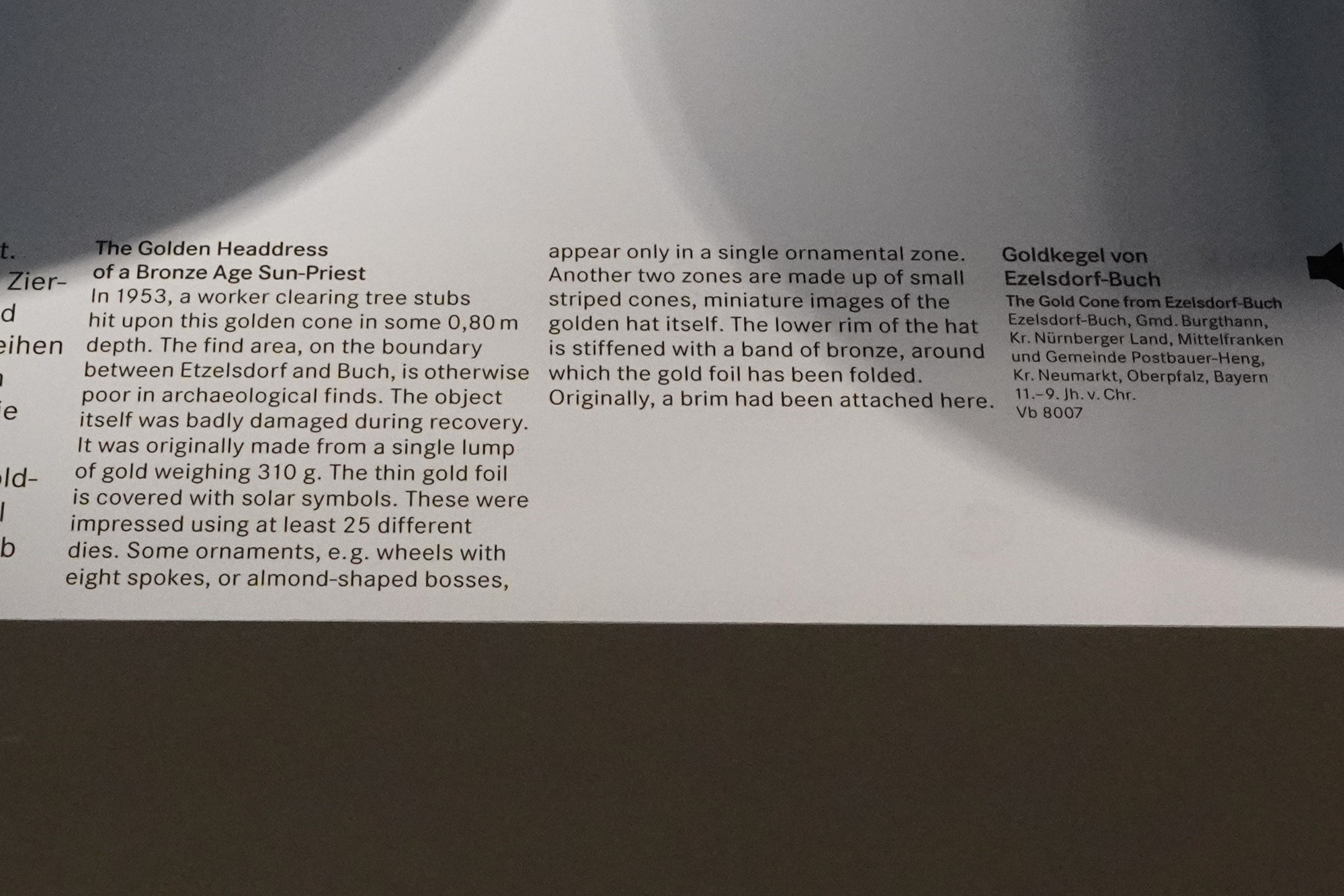
Middle to Late Bronze Age







The Hallstattzeit Period: Early Iron Age


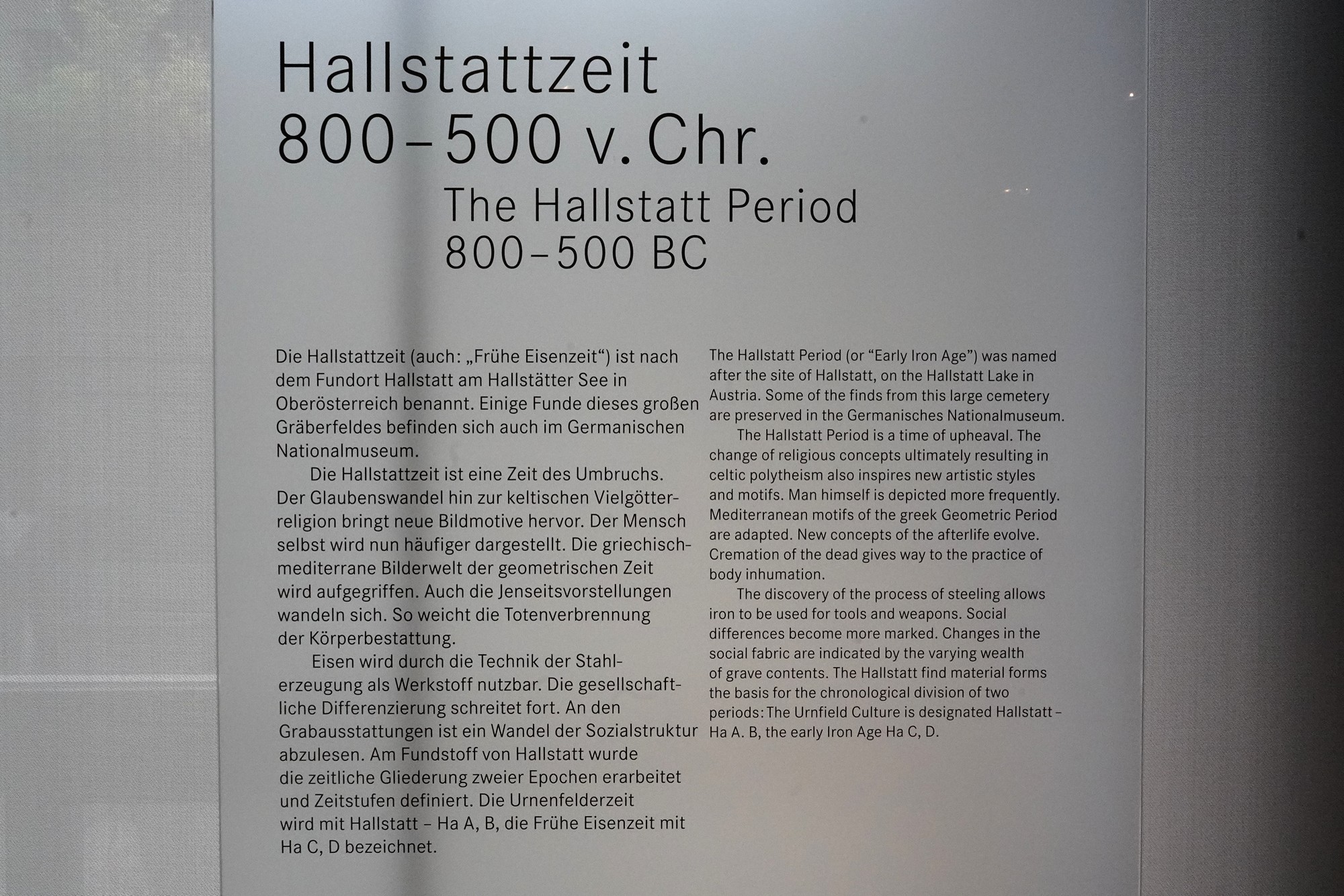


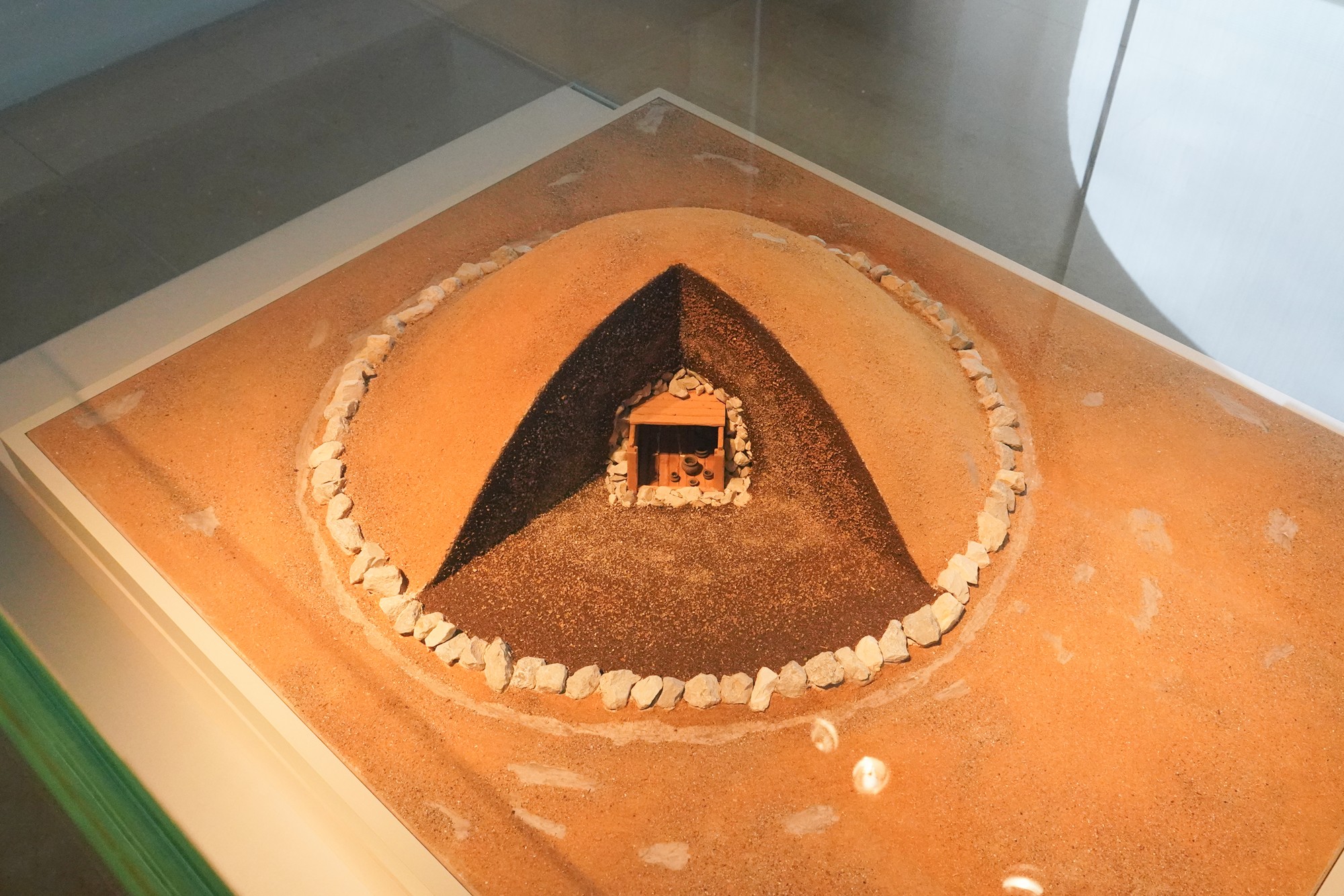







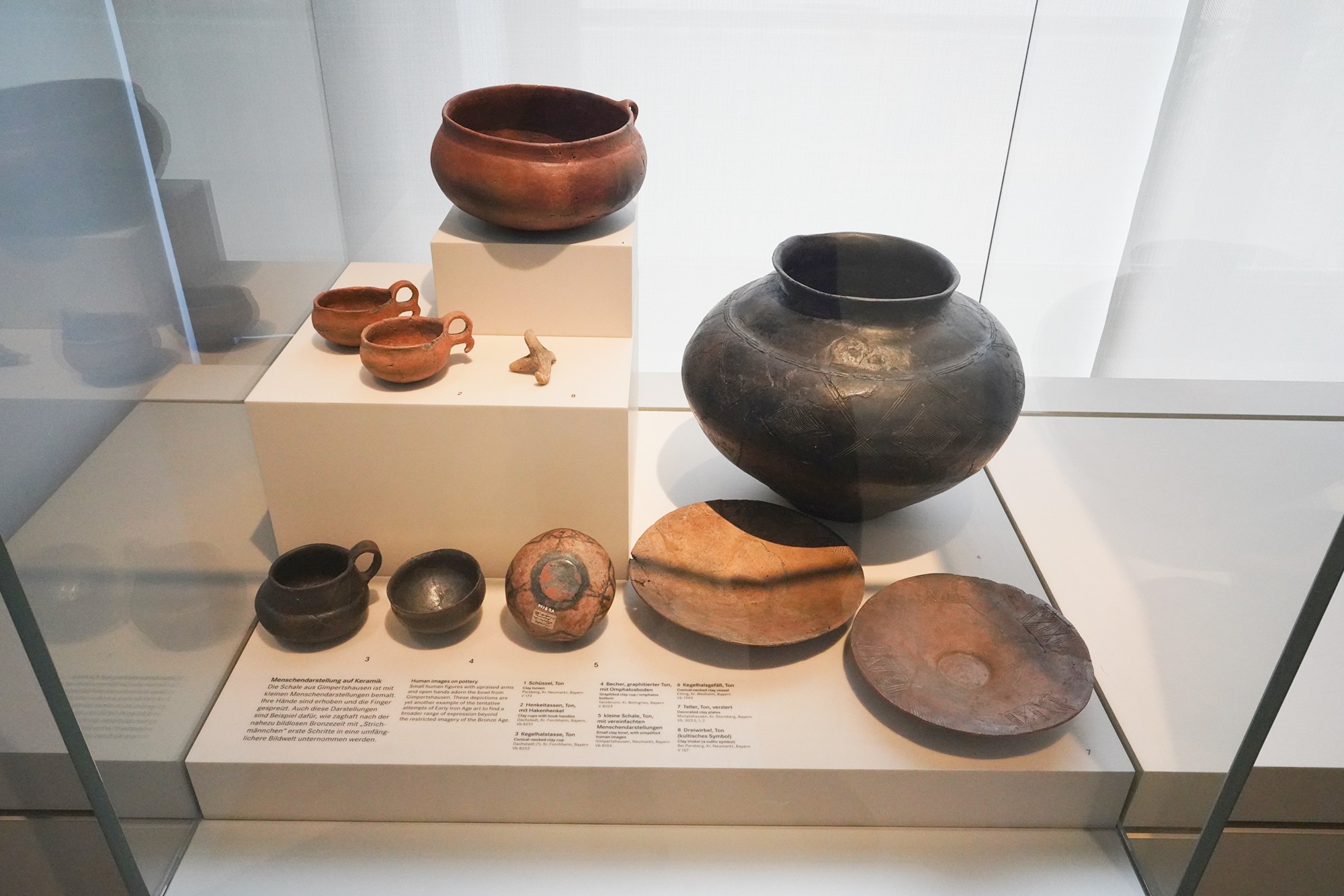





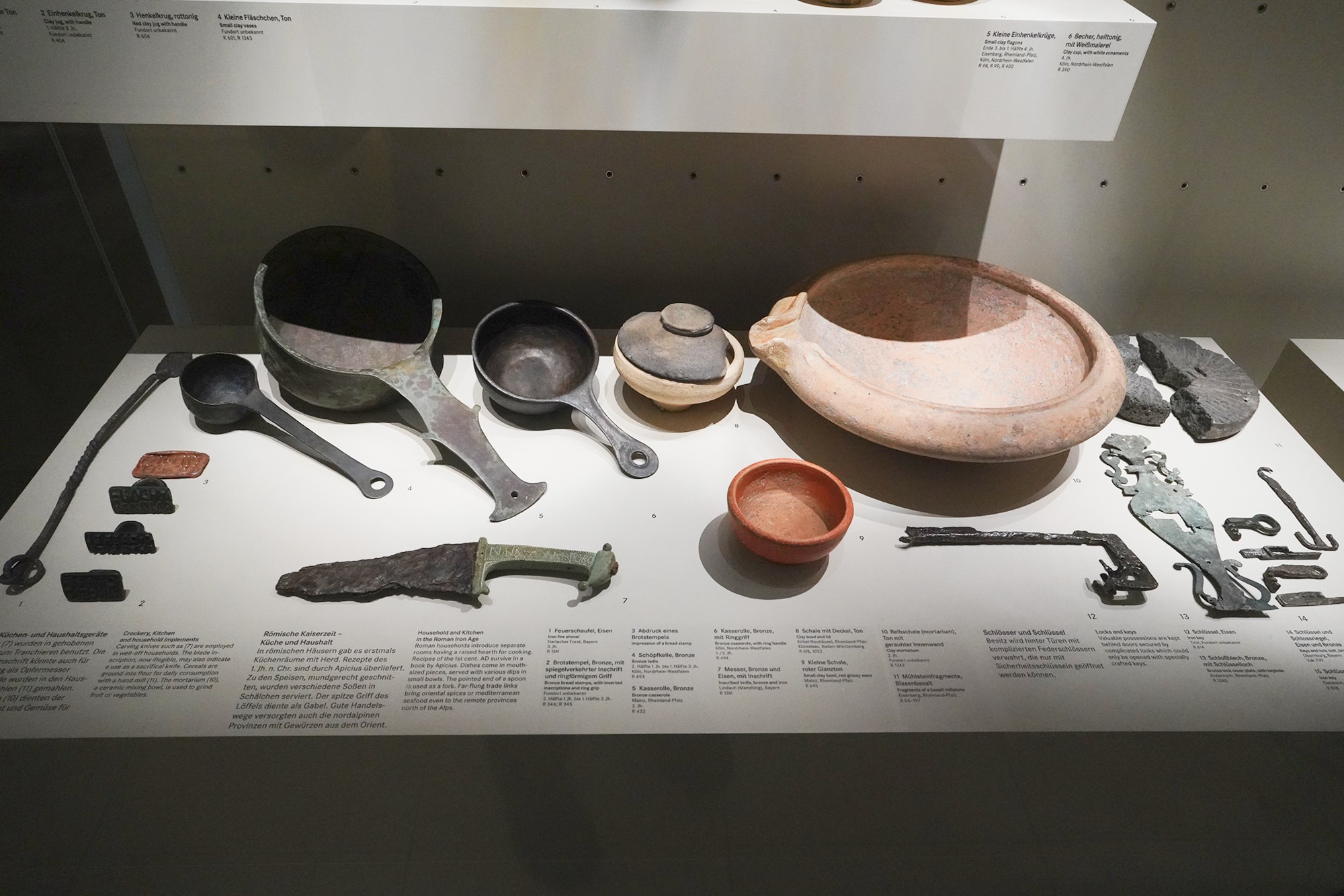








Roman Civilian Architecture




The Migration Period







The Merovingian Period




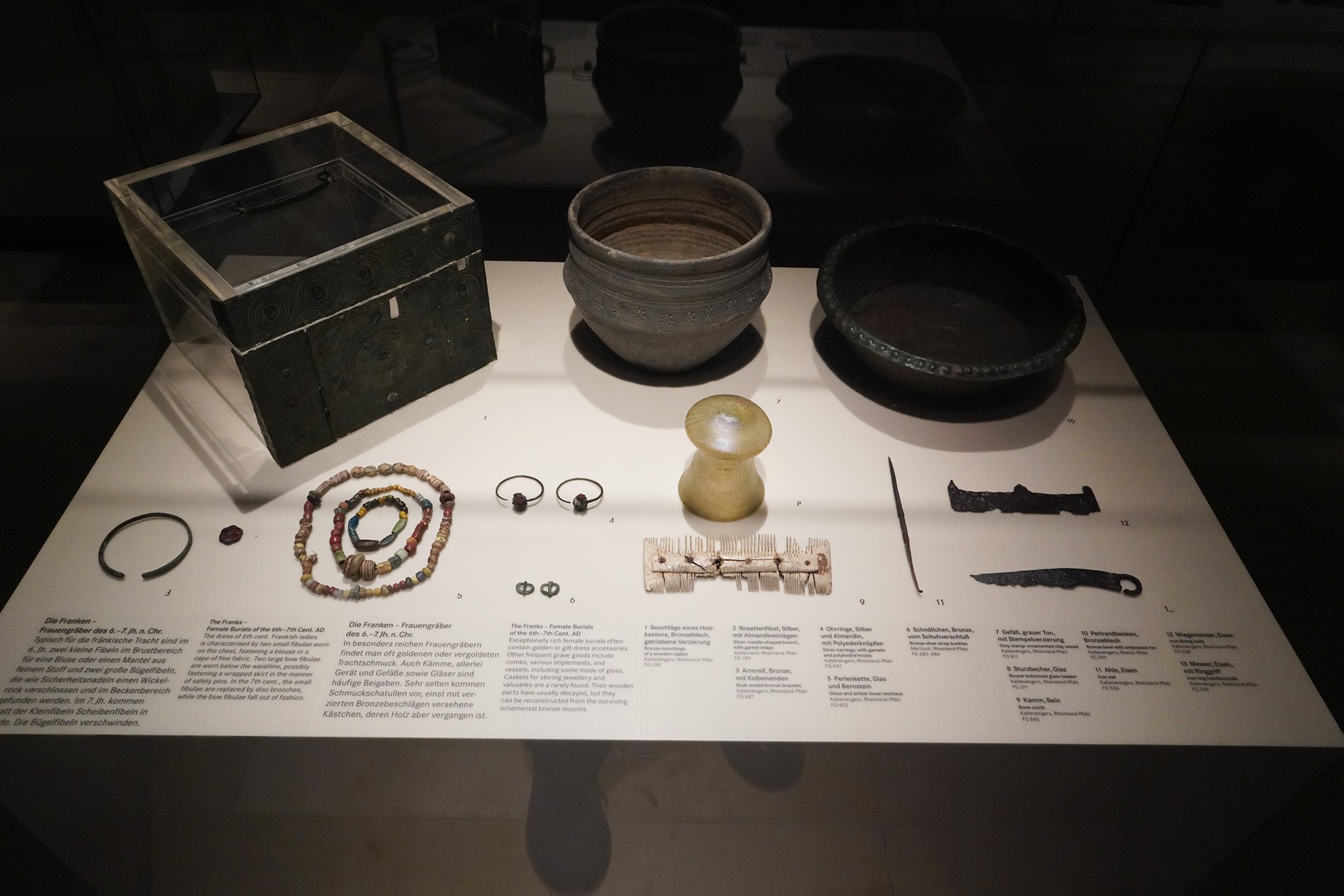

The Franks in the Merovingian Period



The museum also has a rich collection of medieval religious objects. These include sculptures, altarpieces, liturgical vessels, manuscripts, and other devotional items that reflect the religious practices and artistic achievements of the Middle Ages in Germany.



Late Classical Roots: Egypt














The Town and its Burghers



Medieval Period









Knights and Nobles

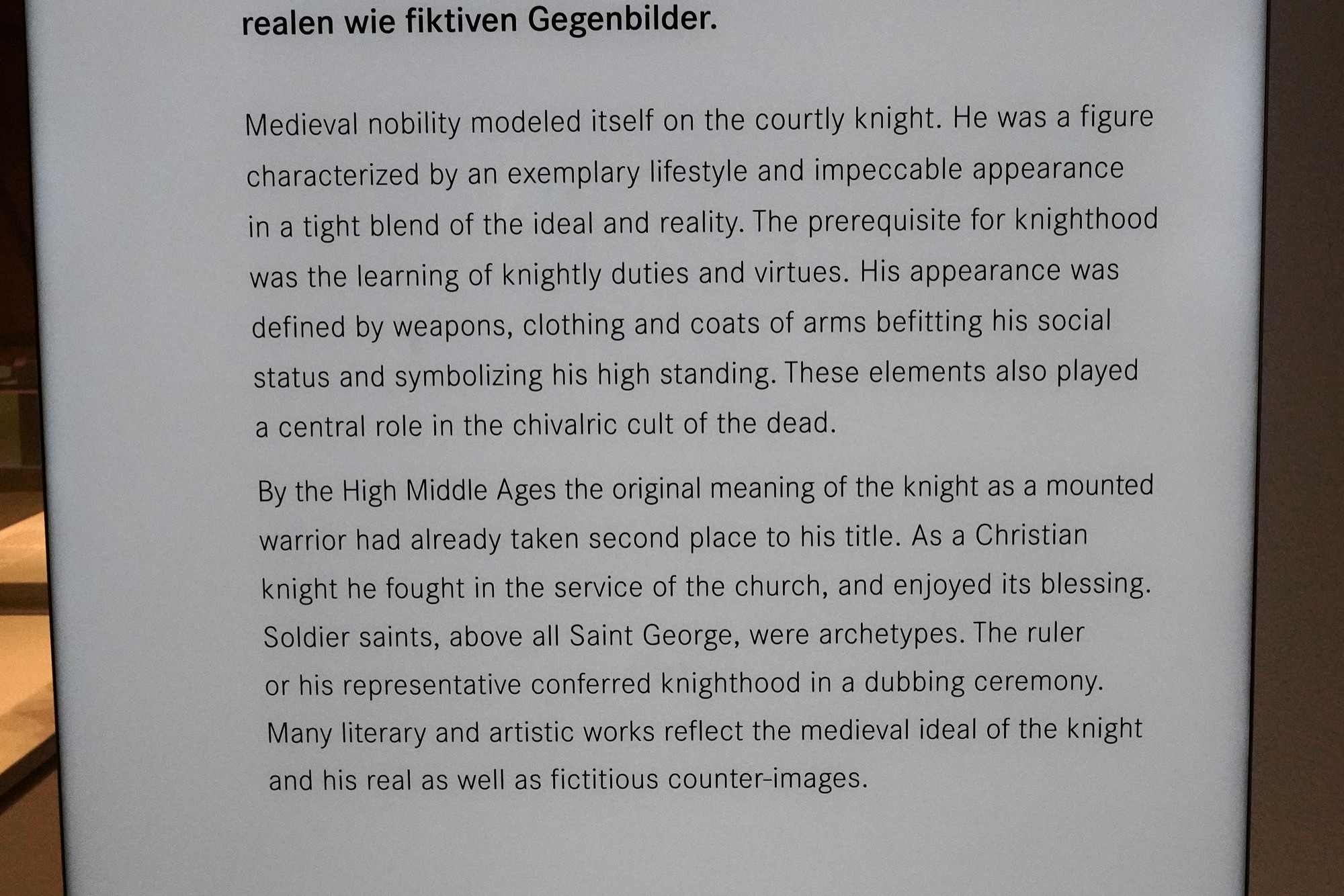







Church and Clergy








